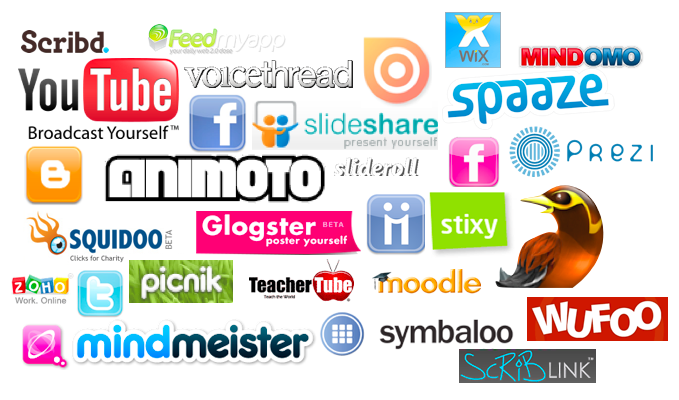
Web 2.0 tools are here to stay and the big question is this...will they be used to do "old things new ways" or "new things, new ways"?
( I did steal that quote from someone, but can't recall where or who!)
I think that there are so many amazing, engaging, exciting and interesting Web 2.0 tools, but unless they are used to actually change the focus of pedagogy, they are not fulfilling their potential. These tools are the medium that we, as educators, can use to actually change the fundamentals of how a 21st Century classroom operates. How can it be different (and in lots of cases already is beginning to be)?
Some key ideas to be considered...each one could have a thesis written:
- collaboration
- student engagement
- critical thinking
- student centred, personalised learning
- constructivism
- teacher as facilitator
- flipped classroom (very interesting TED talk by Salman Khan)
- global classroom






